- Online car hire since 2005
Car hire Romania
Save time and money. We compare the offers of car rental companies in Romania on your behalf.
- Free cancellation Up to 48 hours prior to the scheduled pick up time
- Best price guarantee Have you found a better price? Let us know and we will make you a better offer.
- 24000+ pick-up locations Locations around the world
Car hire Romania
EasyTerra Car Hire Romania is an independent car hire comparison site. Our system compares prices from well-known car hire companies so as a customer you can always book your hire car through us at a competitive rate.
Car rental offers in Romania
Whether you're looking for a small rental car or a station wagon for the entire family, we will always have a suitable vehicle for the lowest price. Below are some examples from our selection in Romania.
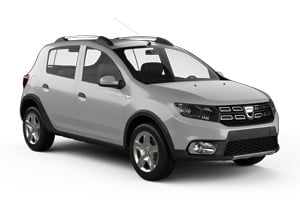
-
PriceCarz From£ 1 /day
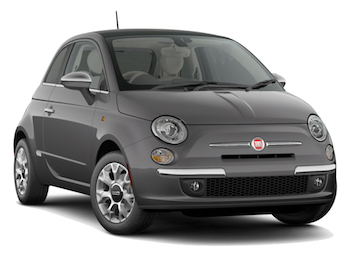
-
PriceCarz From£ 1 /day -
wheego From£ 3 /day -
Klass Wagen From£ 4 /day

-
wheego From£ 4 /day -
Klass Wagen From£ 7 /day
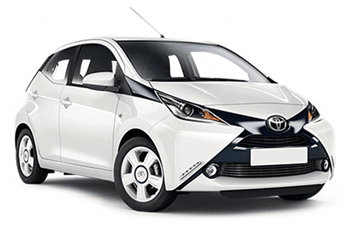
-
addCarRental From£ 3 /day -
Klass Wagen From£ 4 /day -
Payless Car Rental From£ 4 /day
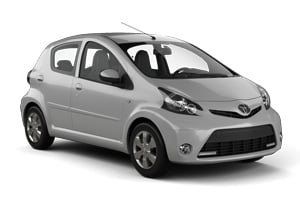
-
Klass Wagen From£ 4 /day

-
Payless Car Rental From£ 5 /day -
addCarRental From£ 7 /day -
Klass Wagen From£ 10 /day
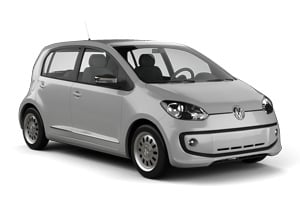
-
Klass Wagen From£ 4 /day -
SurPrice car rentals From£ 4 /day
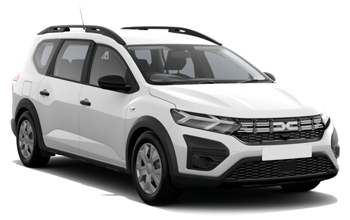
-
PriceCarz From£ 4 /day

-
Klass Wagen From£ 9 /day
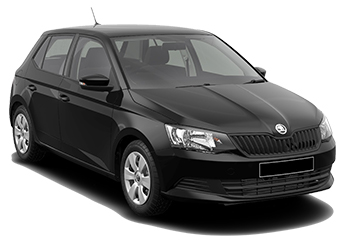
-
PriceCarz From£ 1 /day -
wheego From£ 3 /day -
Green Motion From£ 6 /day
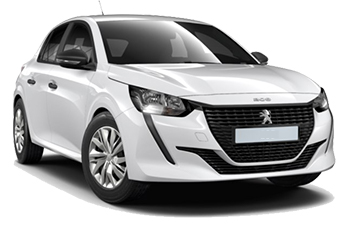
-
PriceCarz From£ 1 /day -
Enterprise From£ 17 /day -
ACE Rent A Car From£ 24 /day

-
wheego From£ 4 /day -
Budget From£ 28 /day -
Avis From£ 30 /day
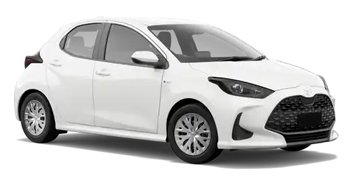
-
PriceCarz From£ 2 /day -
Klass Wagen From£ 4 /day -
Hertz From£ 19 /day
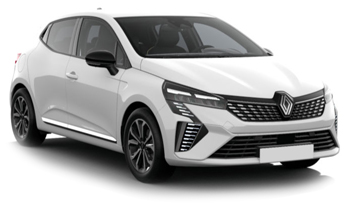
-
SurPrice car rentals From£ 3 /day -
wheego From£ 3 /day -
addCarRental From£ 4 /day

-
Payless Car Rental From£ 5 /day -
wheego From£ 6 /day -
Alamo From£ 21 /day
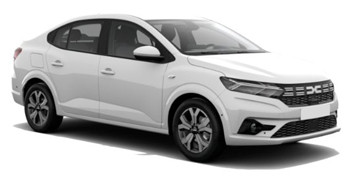
-
wheego From£ 3 /day -
addCarRental From£ 4 /day -
Payless Car Rental From£ 5 /day
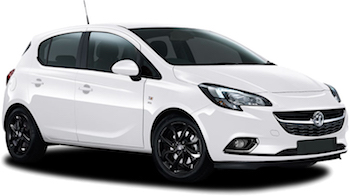
-
addCarRental From£ 4 /day -
Autonom From£ 9 /day -
Autounion Car Rental From£ 11 /day
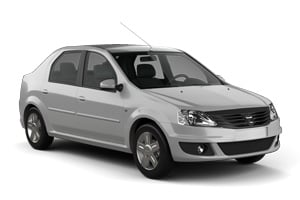
-
Payless Car Rental From£ 5 /day -
wheego From£ 10 /day -
Autounion Car Rental From£ 11 /day
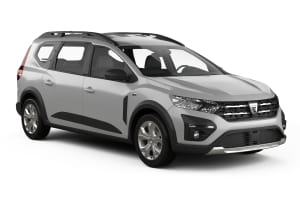
-
PriceCarz From£ 1 /day -
wheego From£ 5 /day -
Alamo From£ 19 /day
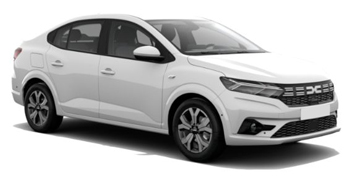
-
PriceCarz From£ 1 /day -
SurPrice car rentals From£ 98 /day
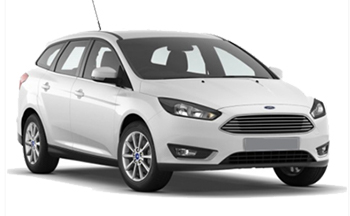
-
Payless Car Rental From£ 5 /day -
addCarRental From£ 9 /day -
wheego From£ 9 /day
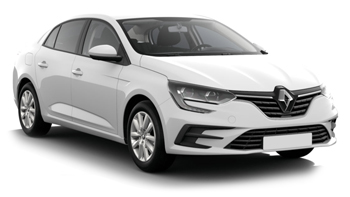
-
PriceCarz From£ 1 /day -
wheego From£ 5 /day -
Green Motion From£ 8 /day
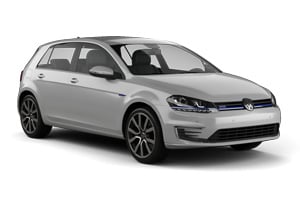
-
PriceCarz From£ 1 /day -
Klass Wagen From£ 6 /day -
Autonom From£ 14 /day
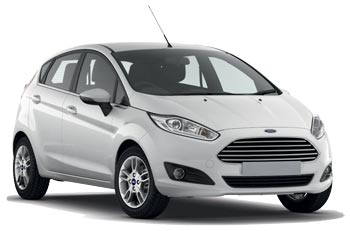
-
Payless Car Rental From£ 5 /day
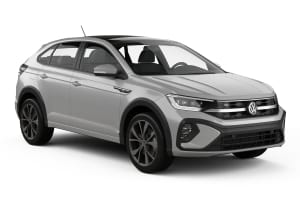
-
PriceCarz From£ 1 /day -
wheego From£ 5 /day -
Klass Wagen From£ 6 /day

-
PriceCarz From£ 1 /day -
SurPrice car rentals From£ 5 /day -
wheego From£ 5 /day

-
wheego From£ 5 /day -
Alamo From£ 23 /day -
Europcar From£ 40 /day
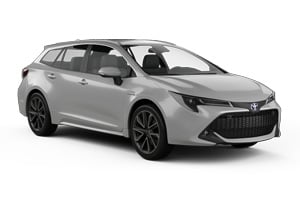
-
PriceCarz From£ 1 /day -
wheego From£ 11 /day -
Green Motion From£ 13 /day

-
PriceCarz From£ 1 /day -
Klass Wagen From£ 8 /day -
wheego From£ 10 /day
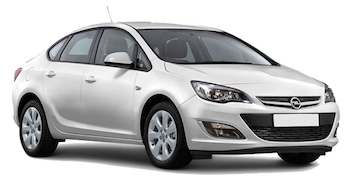
-
Payless Car Rental From£ 5 /day -
Autounion Car Rental From£ 18 /day
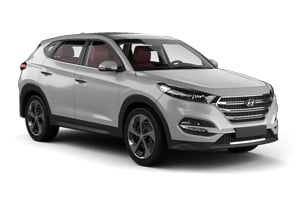
-
PriceCarz From£ 2 /day
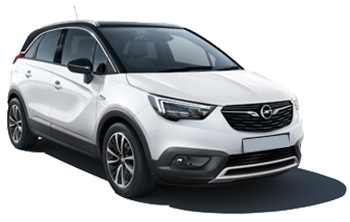
-
Payless Car Rental From£ 5 /day

-
Payless Car Rental From£ 5 /day

-
Payless Car Rental From£ 5 /day -
Autounion Car Rental From£ 18 /day
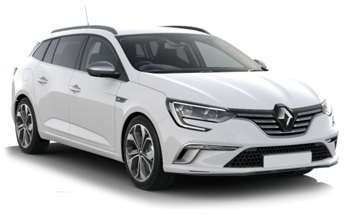
-
Payless Car Rental From£ 5 /day -
addCarRental From£ 7 /day -
Autounion Car Rental From£ 18 /day

-
Payless Car Rental From£ 5 /day -
addCarRental From£ 7 /day -
Autounion Car Rental From£ 18 /day
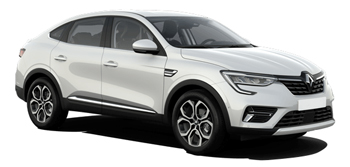
-
PriceCarz From£ 5 /day -
wheego From£ 18 /day

-
PriceCarz From£ 5 /day -
Klass Wagen From£ 9 /day -
Alamo From£ 61 /day
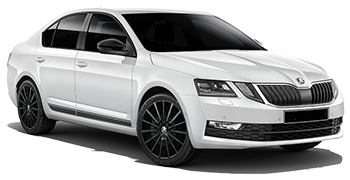
-
addCarRental From£ 7 /day -
Autounion Car Rental From£ 25 /day
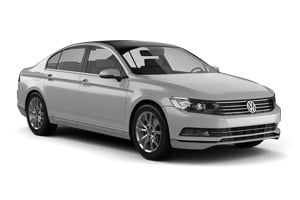
-
PriceCarz From£ 5 /day -
Klass Wagen From£ 15 /day -
Carwiz rent a car From£ 20 /day

-
addCarRental From£ 5 /day
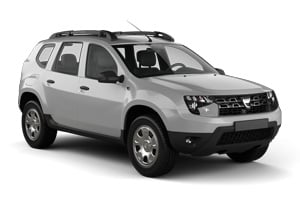
-
Payless Car Rental From£ 8 /day -
Autounion Car Rental From£ 25 /day -
Alamo From£ 28 /day

-
addCarRental From£ 5 /day -
SurPrice car rentals From£ 10 /day -
Autounion Car Rental From£ 25 /day
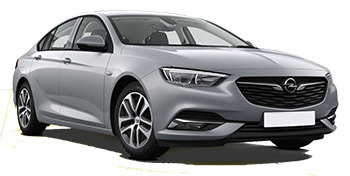
-
addCarRental From£ 6 /day -
Autonom From£ 36 /day -
Alamo From£ 71 /day

-
addCarRental From£ 9 /day -
Autonom From£ 37 /day -
Alamo From£ 79 /day
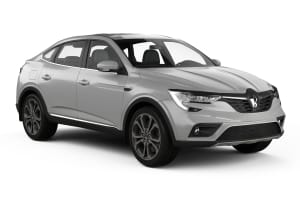
-
PriceCarz From£ 4 /day -
Green Motion From£ 24 /day
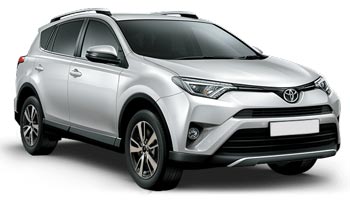
-
PriceCarz From£ 5 /day -
Alamo From£ 46 /day

-
Klass Wagen From£ 21 /day

-
Klass Wagen From£ 11 /day

-
SurPrice car rentals From£ 19 /day
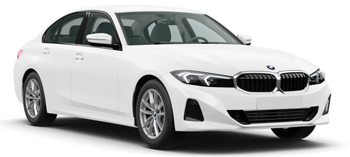
-
Payless Car Rental From£ 27 /day -
Autounion Car Rental From£ 86 /day
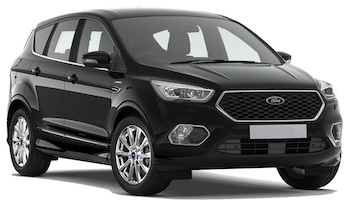
-
wheego From£ 21 /day -
Green Motion From£ 24 /day -
Alamo From£ 66 /day
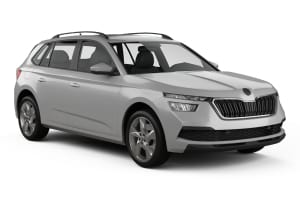
-
Budget From£ 32 /day

-
addCarRental From£ 24 /day -
Payless Car Rental From£ 26 /day -
Autounion Car Rental From£ 77 /day
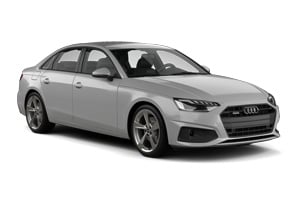
-
PriceCarz From£ 9 /day -
wheego From£ 10 /day -
Autounion Car Rental From£ 116 /day
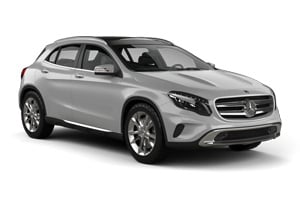
-
PriceCarz From£ 9 /day -
Klass Wagen From£ 23 /day -
Green Motion From£ 35 /day
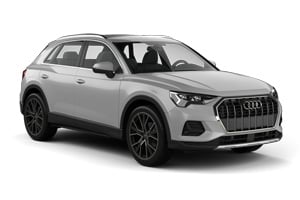
-
wheego From£ 10 /day -
Autounion Car Rental From£ 104 /day

-
PriceCarz From£ 9 /day -
wheego From£ 10 /day -
Autounion Car Rental From£ 97 /day
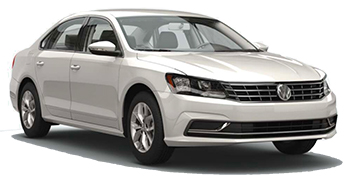
-
Klass Wagen From£ 26 /day
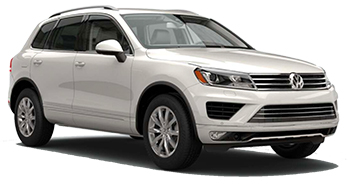
-
PriceCarz From£ 12 /day

-
PriceCarz From£ 13 /day -
Budget From£ 112 /day -
Autounion Car Rental From£ 158 /day

-
addCarRental From£ 39 /day -
Autounion Car Rental From£ 154 /day

-
Klass Wagen From£ 16 /day

-
PriceCarz From£ 1 /day -
wheego From£ 5 /day -
Alamo From£ 19 /day
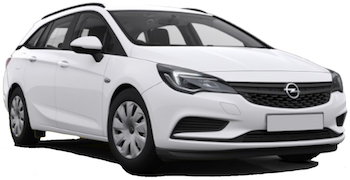
-
Payless Car Rental From£ 5 /day -
addCarRental From£ 6 /day -
Autounion Car Rental From£ 14 /day

-
wheego From£ 5 /day -
Alamo From£ 23 /day -
Enterprise From£ 27 /day

-
SurPrice car rentals From£ 5 /day -
wheego From£ 5 /day -
Klass Wagen From£ 6 /day

-
Payless Car Rental From£ 6 /day -
addCarRental From£ 10 /day -
Autounion Car Rental From£ 14 /day
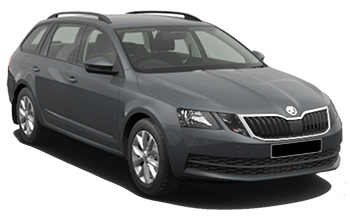
-
Payless Car Rental From£ 6 /day -
Carwiz rent a car From£ 13 /day
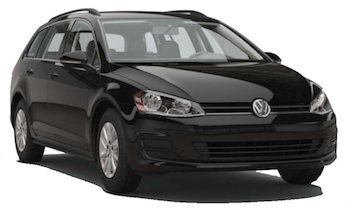
-
Klass Wagen From£ 6 /day

-
wheego From£ 9 /day -
Autounion Car Rental From£ 14 /day -
Klass Wagen From£ 18 /day
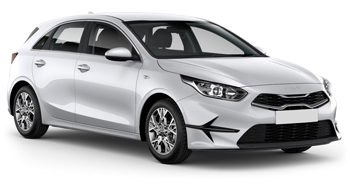
-
addCarRental From£ 6 /day -
Sixt From£ 24 /day
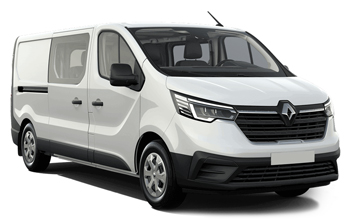
-
wheego From£ 19 /day -
Klass Wagen From£ 31 /day -
PriceCarz From£ 32 /day

-
wheego From£ 23 /day -
Klass Wagen From£ 63 /day -
Enterprise From£ 94 /day
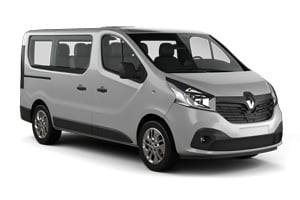
-
PriceCarz From£ 24 /day -
Green Motion From£ 37 /day -
Klass Wagen From£ 37 /day
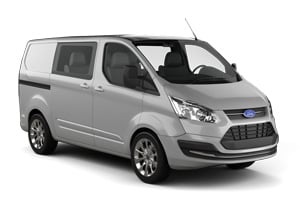
-
Klass Wagen From£ 29 /day -
Hertz From£ 99 /day
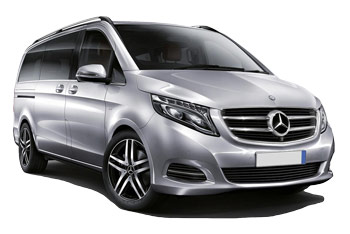
-
Payless Car Rental From£ 38 /day -
addCarRental From£ 111 /day -
Autounion Car Rental From£ 113 /day

-
Payless Car Rental From£ 37 /day -
Green Motion From£ 94 /day -
addCarRental From£ 107 /day
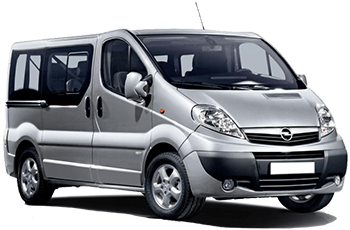
-
Autounion Car Rental From£ 44 /day -
Alamo From£ 95 /day -
Enterprise From£ 99 /day
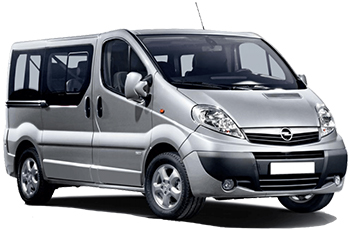
-
Autounion Car Rental From£ 40 /day -
Alamo From£ 91 /day -
Enterprise From£ 91 /day

-
Autounion Car Rental From£ 47 /day -
Klass Wagen From£ 70 /day -
Europcar From£ 74 /day

-
PriceCarz From£ 1 /day -
Klass Wagen From£ 4 /day -
SurPrice car rentals From£ 5 /day
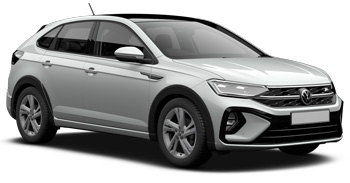
-
PriceCarz From£ 1 /day -
Klass Wagen From£ 12 /day -
Green Motion From£ 14 /day

-
Payless Car Rental From£ 5 /day

-
PriceCarz From£ 2 /day -
wheego From£ 5 /day -
Budget From£ 26 /day

-
PriceCarz From£ 2 /day -
Autounion Car Rental From£ 105 /day
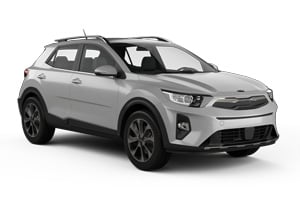
-
addCarRental From£ 8 /day

-
addCarRental From£ 4 /day -
Payless Car Rental From£ 5 /day -
Klass Wagen From£ 8 /day

-
addCarRental From£ 4 /day

-
Payless Car Rental From£ 8 /day -
addCarRental From£ 8 /day -
Klass Wagen From£ 16 /day
Popular cities in Romania
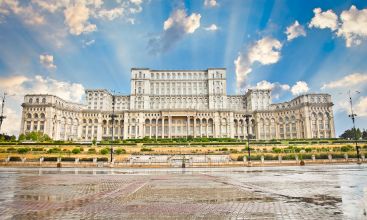
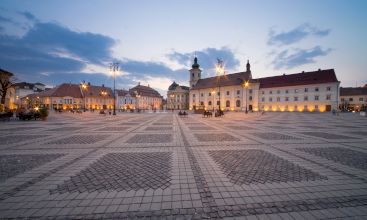
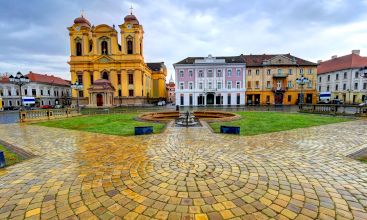
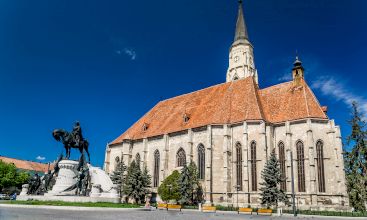
Useful tips for a well-prepared trip
Which insurance should I choose, and what's the deal with the deposit? Read our articles with useful information and tips to ensure you choose the right rental car for you.
When to book a rental car in Romania

Location information for Romania
Romania is best explored by rental car. EasyTerra Car Hire has over 37 pick-up locations in Romania. This means there is always a pick-up location close to your destination.
Most popular car hire locations in Romania
Introduction
Romania is one of the most unspoiled, rural and authentic countries of Europe. It is more than the country of Count Dracula, or one of the former communist states. Romania has hilly landscapes with meadows and forests that flow into the rough peaks of the Carpathians. In Moldavia one can find Orthodox monasteries and medieval castles. This is the country where the Danube winds into the Black Sea.
The capital Bucharest is the country's largest metropolis. Over two million people live here. During the Second World War and an earthquake in 1977 the city was substantially damaged. Thanks to the improved economic situation since the year 2000, the city is being modernized and old parts of the town are being restored. Bucharest has much to offer with its restored monuments, the trendy shops and a bustling night life.
History
The history of the area which nowadays bears the name Romania, goes back to a time centuries before the Common Era. Thracian troops, better known as the Dacians, had settled in ancient Romania. 'Dacia' therefore is an old name for Romania. During the second century BC the Dacians ardently tried to keep the Romans outside the realm. They founded a Dacian empire, which would not hold out longer than two centuries. Eventually King Decebalus got the worst of it. The Dacian culture then mixed with the Roman culture. The language of communication became Latin.
During the fourth and fifth century the Goths, Huns and Bulgarians migrated into Dacia. From the tenth century onwards the Magyars (Hungarians) started to expand their empire towards Dacia. Two centuries later, entire Transylvania came under Magyar rule.
In the fourteenth and fifteenth century the Ottomans tried to invade the region. One of the legendary figures that played a role in the struggle to keep the Turks away, was Vlad Tepes (the Spearer). His nickname was given to him because of the brutal punishments he let his subjects suffer. The most severe punishment was to have a pole be stuck through the backbone, by which no fatal nerve was touched. In this way, the unhappy sufferer would be in agony for two days before he would die. Nowadays, Vlad Tepes is better known for being Bram Stoker's source of inspiration for his fictional character: Count Dracula.
In the sixteenth century the Turks invaded the Hungarian empire. This also implied that Transylvania became part of the Ottoman Empire. The regions Wallachia and Moldavia shared the same fate. The Turks ruled over Moldavia and Wallachia until well into the nineteenth century. The Crimean War, which lasted from 1853 till 1856, strengthened the nationalism in Romania. In 1877 Romania was declared an independent state. The era of Ottoman rule was over.
During World War I Romania shared sides with Great Britain, France and Russia. Romania intended to take Transylvania back from Austria-Hungary because approximately sixty percent of the area's inhabitants was of Romanian descent. When Austria-Hungary was defeated in 1918, Romania achieved its objective. However, the following world war would undo this conquest. Russia occupied part of Romania and Transylvania was given to Hungary. The southern region Dobruja became part of Bulgaria. The Romanian general Ion Antonescu then arranged the resignation of King Carol II of Romania. Antonescu then founded a dictatorial regime. The consequences were disastrous when he shared sides with Hitler in 1941. Four hundred thousand Romanian Jews and thirty six thousand gypsies were transported to Auschwitz and other camps, where they were murdered.
In August 1944 Romania made a sudden turn. It dropped Nazi Germany and chose the side of the Allied forces. Over 53,000 Germans were captured. This move saved the independence of Romania and shortened the war.
After the war Transylvania was returned to Romania. The monarchy was abolished and the Romanian People's Republic was declared. The communist Gheorghe Gheorghiu-Dej seized power. In 1958 the Soviet troops beat a hasty retreat and the communist Romania pursued an independent foreign policy from 1960. In 1965 the notorious Ceausescu came to power and administered the country in his chaotic and destructive way. In 1974 the presidency was created for him. He placed his son, his wife and three of his brother on high positions and squandered enormous amounts of money on bizarre projects. Apart from the 'Golden Age' during the late sixties and early seventies, Romania's economy deteriorated alarmingly. In 1989 the Romanian people revolted against its dictator. Ceausescu and his wife had to flee in a helicopter eventually. However, they were caught, imprisoned and executed.
The democratic republic of Romania was founded in 1990 and measures were taken to install a free market economy. Since 2004 Romania is a member of the NATO and it joined the European Union in 2007.
Society and culture
Over fifty percent of the Romanians live in the city. The Romanian population is fairly homogeneous. Almost ninety percent of the population is Romanian. The other ten percent is Hungarian, Roma, German or Ukrainian. A small group consists of other nationalities. The world's largest population of Roma lives in Romania. The Romanian population considers this to be a mixed blessing.
From a religious point of view Romania has a similar division. The majority is Romanian Orthodox. The other ten percent is Roman Catholic, Protestant and Greek Orthodox. Less than one percent of the population is Jewish or Muslim.
The Romanian population can be described as proud, stubborn and hospitable. Their historic and cultural background is a source of patriotism. Romanians are also very proud of the country's scenic beauty. In combination with their hospitable nature, this opens possibilities for tourists to encounter Romanian culture at close quarters.
Political situation
Romania has a constitutional democracy. The parliament consists of a House of Deputies and a Senate. The President is the head of state. He or she is chosen by the people. The cabinet and the prime minister, who are appointed by the president, have to be accepted by the parliament. Since 2004 Traian Basescu is president of Romania. His term ends in 2014; every five year there are presidential elections.
Economy
Romania's economy is growing fast. The country is also referred to as a 'tiger economy'.
The sea port Constanta is very important to Romanian economy. Sixty percent of the foreign trade is effected here.
Tourism is a major source of income at the coast of the Black Sea. Bucharest and Transylvania attract many tourists as well. Other important sectors are for example the manufacturing of motors, the production of clothes and electronics.
The currency in Romania is the Leu. By 2011 or 2012 the Romanians are also supposed to exchange their Leu for the Euro.
Geography and climate
237,500 Square kilometers big and unspoiled by mass tourism; Eastern European Romania can still be discovered. The Carpathians in the north end in Central Romania. The highest peak is 2544 meters and bears the name Moldoveanu. Coniferous and deciduous forests are numerous here. Approximately one third of the country is taken up by the Carpathians. North of the Moldoveanu, surrounded by mountaintops, lies the Transylvanian plain, a hilly plateau. This landscape continues in the rest of Romania, which is divided into the regions Wallachia and Moldavia. Orchards and vineyards are alternated with corn fields and fields with various kinds of vegetables. In the south the long road of the Danube, ends in the sea. This is the largest delta of Europe. Important sea ports at the Danube are Tulcea and Braila. The Danube is not Romania's only river. Other rivers are for example the Proet and the Olt.
Because of melting snow and hard rain, there are avalanches in the mountains every spring. An additional problem is the floods that occur from time to time. Every now and then Romania has to cope with earthquakes. The before mentioned earthquake of 1977 is an extreme example of this.
Romania's continental climate causes winters to be cold and summers to be hot. Fog can also set in during winter. Between December and April there usually is a lot of snowfall. In combination with the mountains, Romania makes a good skiing area. Sinaia, Predeal and Poiana Brasov are well-known ski resorts. On the other hand, during the warm and sunny summer season the tourist places Neptun and Mamaia on the Black Sea are crowded.
Traffic and infrastructure
The roads in Romania are not well maintained. Drivers should be prepared for roads covered with holes and gaps. The marking has often vanished and there is little lighting. At this moment there are two highways. Between Bucharest and Ploiesti, north of the capital, there is a 114 kilometers long highway. The other highway runs from Bucharest to Fetesti in the east. This highway is 116 kilometers long. No toll is levied for Romanian roads. There are two exceptions to this: to cross the bridges over the Danube at Cernavoda and Vadu Oii toll has to be paid. One has to buy an emblem however to drive on highways. These are for sale at petrol stations.
Inside the built-up areas vehicles may drive 60 km/h. Outside these areas the maximum speed is 80 km/h. The speed limits for motor cyclists are respectively 40 and 50 km/h.
The Romanian rail road network is very good and cheap. Trains have a first and second class. Besides this, there are four types of trains: personal, inter-city, accelerat and rapid. The last two types are considerably faster. It is advisable to buy your tickets in advance.
Buses are less reliable and comfortable than trains. They are often packed. Because of the huge crowds that travel by bus, it is advised to buy tickets in advance. Local buses, trams and trolleys on the other hand, are very convenient. They usually go from five am. to eleven pm.
A ferry goes between Tulcea and Sulina on the Black Sea. During summer months passenger boats also sail between Tulcea and Crisan.
Bucharest International Airport lies a little more than fifteen kilometers north of the Romanian capital. From here, one can fly to other countries and foreign cities. Bucharest has another airport called Baneasa Airport. Travelers can fly from here to domestic destinations. Flights from Bucharest to Constanta are mainly scheduled in July and August. Many other places, such as Cluj Napoca Airport and Timisoara Airport, can be reached throughout the year. These airports are located near the places of the same name.
Food and drink
The Romanian cuisine is not exactly an haute cuisine. This is not to say that it is impossible to have a nice dinner in Romania. Three different kinds of soup are popular. Ciorba de perisoare is made of meatballs and vegetables. The ciorba de burta is a soup with black pudding. And there is always the ciorba de leguma to enjoy. This is a traditional vegetable soup. Typical Romanian dishes always have meat in them. Different types of stews are made with various kinds of meat and grilled meatballs.
It can be difficult to find an opportunity to taste genuine traditional food. The dishes are very tasteful so finding them is worth the trouble. Ardei umpluti for example, are deliciously stuffed sweet peppers. Sarmale is a similar dish. For this vine leaves or the leaves of lettuce are stuffed with rice and meat.
Before they start their dinners, Romanians often drink a glass of Tuica, a strong brandy made of prunes. At dinner one can enjoy a delicious Romanian wine. The winegrowing regions are located throughout the country. They produce different kinds of quality wines. Famous regions are the Transylvanian plain for example and Moldavia. Ever since the Roman period grapes are being cultivated for wine making. During the communist era, the viniculture sector has suffered tremendously. For this reason, Romania is still unknown as a wine producing country. Presently, there is much attention and care for the production of wine again. Those who love wine can safely try a glass of red or white wine in Romania.
Time zone
Romanian time is GMT/UTC +2. At the end of March the clock is turned forward one hour. At the end of October it is set back again. There is one hour of difference in time between Romania and the bordering countries Hungary, Montenegro and Serbia.
Accommodation
Hotels in Romania are classified by the well known star system. Even the rooms with one or even without any stars are usually clean, but modest. Often the sanitary facilities have to be shared with the other guests. The rooms of the hotels with two or more stars are often equipped with a private bathroom. Breakfast is usually included.
In recent years more and more hostels appeared. They are scattered around the country and have their own association.
There are many camp sites in Romania. Most of them are open from May until September. Not all of the camp sites have sanitary facilities. Some of the camp sites also offer the possibility of renting a hut. These are called popas truistic.
There is an extensive network of huts in the mountains. In many of them there is not only an opportunity to sleep, but also to eat. There is no need to book a bed.
On arrival, many tourists are approached by people who offer rooms. Bed & Breakfasts are also very popular in the country. The Romanian have their own word for this: pensiune. The classification of Bed & Breakfast is not done by stars, but by daisies. The minimum amount of daisies is one. The best places get three daisies. More information about the location and facilities of Bed & Breakfast can be found in the tourist boards.
External sources
For more information about Romania we recommend Google and the following sources:
Practical information
-
CurrencyRomanian leu
-
Driving directionRight
-
City speed limit50 km/h
-
Freeway speed limit90 km/h
-
LanguageRomanian
-
Popular car categoryEconomy
What most people want to know
The following questions and answers are a selection of the most popular questions. If you do not find the answer to your question, have a look at the Frequently Asked Questions page or contact us.
- Sixt
- Alamo
- Enterprise
- Europcar
- Autounion Car Rental
- Avis
- Budget
- Thrifty
- addCarRental
- Hertz
- Payless Car Rental
- Flexicar
- FireFly Car Rental
- Green Motion
- Carwiz rent a car
- wheego
- Goldcar
- OK Mobility
- Klass Wagen
- Abbycar
- InterRent
- SurPrice car rentals
- PriceCarz
- Autonom
- Right Cars
- OtoQ
- Mex Rent a Car
- Dollar Rent a Car
- Global Rent a Car
- Nextcar
- Exer Rent A Car
- Goldcar Key'n Go
- Routes
- ACE Rent A Car
- National Car Rental
- NÜ Car Rentals
- Drive On Holidays
- Premium Rent a Car
- Keddy By Europcar
- United rent a car